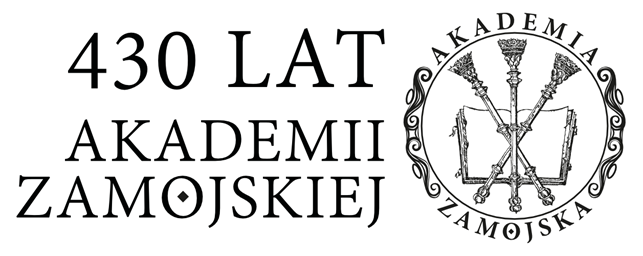Sprawa Križewackiego proboszcza Stjepana Kranjčicia „Żołnierza wojska Stepinaca“
Abstrakt
Przedstawiony artykuł – opatrzony krótkim wstępem dotyczącym relacji między władzą komunistyczną a Kościołem katolickim w Jugosławii po drugiej wojnie światowej – dotyczy działalności religijnej księdza dr Stjepana Kranjčicia. Od momentu święceń kapłańskich w 1943 r. Stjepan Kranjčić dał się poznać jako kapłan zdolny, pracowity, bezkompromisowy i nieustraszony. W trakcie pracy duszpasterskiej w Zagrzebiu dystansował się od księży, którzy skłaniali się ku współpracy z władzą komunistyczną w celu ochrony swojej pozycji lub ze względu na zaistniała presję. Z tego powodu często wzywany był na przesłuchania i torturowany. Jedną z przyczyn nieufności władz komunistycznych do niego był jego brat dr Matija Kranjčić, proboszcz parafii w Ozlje i katecheta w Karlovac, który oskarżany był o współpracę podczas wojny z ustaszami, pomimo niewystarczających (lub w ogóle braku) dowodów na tego rodzaju współpracę. Starszy brat Kranjčića został mimo to skazany na śmierć i do dziś nie wiadomo, gdzie został zamordowany i pochowany. Według opinii osób z obszaru jego działalności duszpasterskiej, oskarżenia były nieprawdziwe, ponieważ Matija nie pracował dla okupantów, lecz ratował Serbów i komunistów – jednak podczas procesu nie wzięto tego pod uwagę. Swoją pryncypialność młody Kranjčić udowodnił kapłańską posługą w Križevci, przeciwstawiał się lokalnym władzom komunistycznym w regionie Križevci, starając się zachować i umocnić przekonania religijne swoich parafian oraz prowadząc bezkompromisową polityką w stosunku do lokalnych władz komunistycznych, idąc za przykładem arcybiskupa Zagrzebia Alojzija Stepinaca – w 1946 r. skazanego przez komunistyczny sąd w Zagrzebiu na 16 lat więzienia, po 5 latach zwolnionego z aresztu. Według zeznań ludzi, którzy go znali, nazywany był „żołnierzem armii Stepinaca”. Z powodu takiej postawy miejscowe władze komunistyczne ogłosiły go „najgorszym wrogiem ludu”, który nie chciał pogodzić się z ówczesną rzeczywistością społeczną. Na działania ks. Stjepana Kranjčicia w Križevci należy patrzeć w szerszym kontekście, przez pryzmat relacji między Stolicą Apostolską a władzami komunistycznymi, ponieważ z biegiem czasu także i one zmieniły się ulegając względnej normalizacji, co znalazło odzwierciedlenie również na poziomie lokalnym.
Słowa kluczowe:
ks. dr Stjepan Kranjčić, Kościół katolicki, reżim komunistyczny, Križevci, działalność religijna, historia ChorwacjiSzczegóły
Bibliografia
Statystyki
Autorzy
Zasady cytowania
Licencja

Utwór dostępny jest na licencji Creative Commons Uznanie autorstwa – Użycie niekomercyjne – Na tych samych warunkach 4.0 Międzynarodowe.


 Język Polski
Język Polski
 English
English
 Русский
Русский
 Slovenčina
Slovenčina
 Hrvatski
Hrvatski
